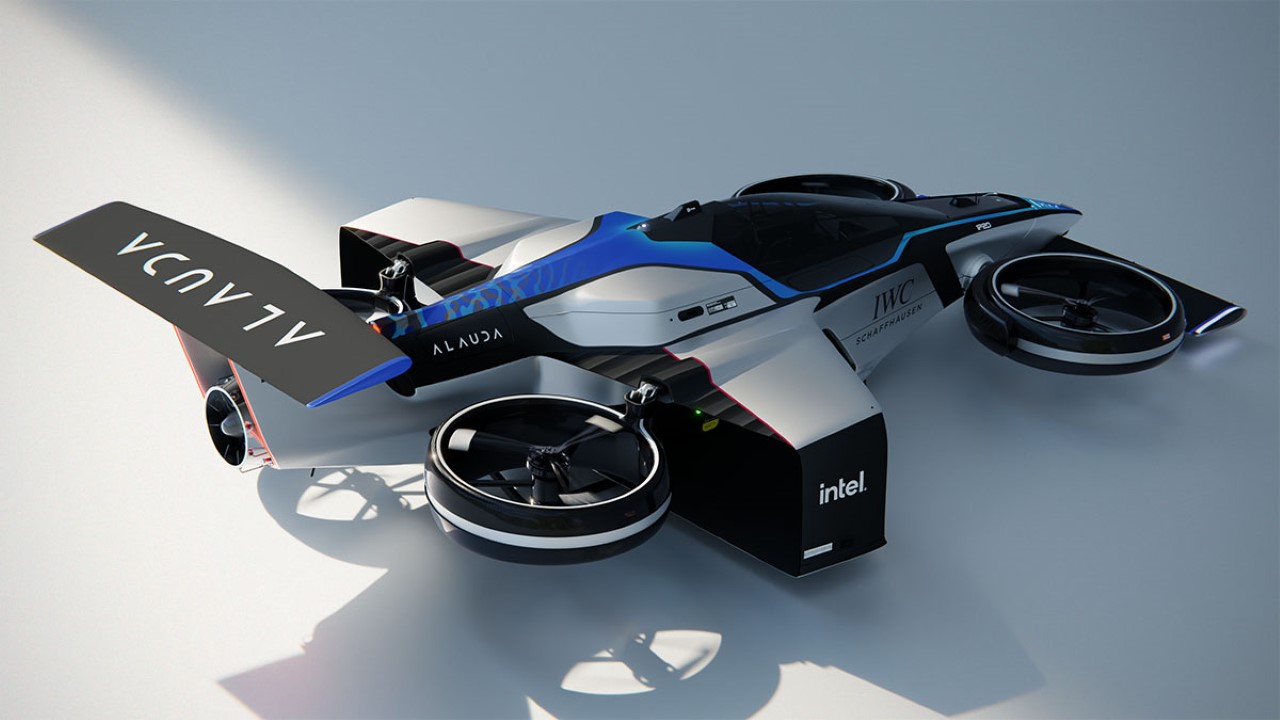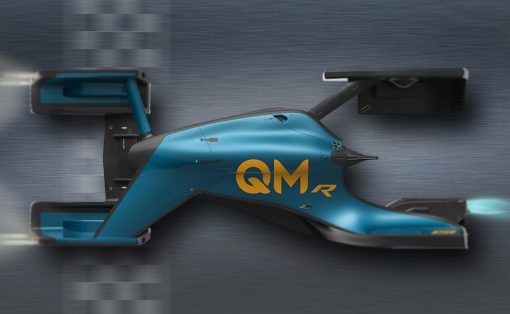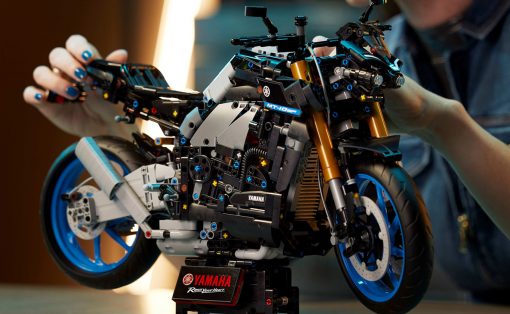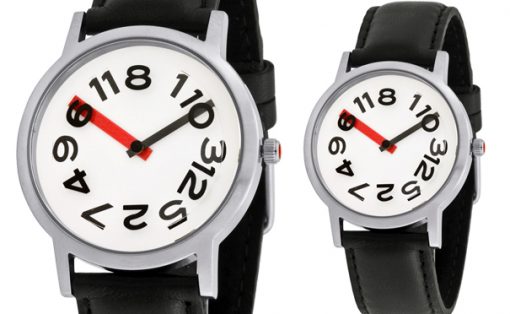Flying cars as a mode of transport have been long overdue, but Adelaide-based Alauda Aeronautics wants to run before it can walk. Meet the Airspeeder MK4, a hydrogen-powered crewed flying racecar that has a top speed of 360 km/h (225 mph), a range of 300 km (188 miles), and is all set to premiere at the 2024 Airspeeder Racing Series. It also holds the current record for being the fastest hydrogen-powered eVTOL ever built.
Designer: Alauda Aeronautics
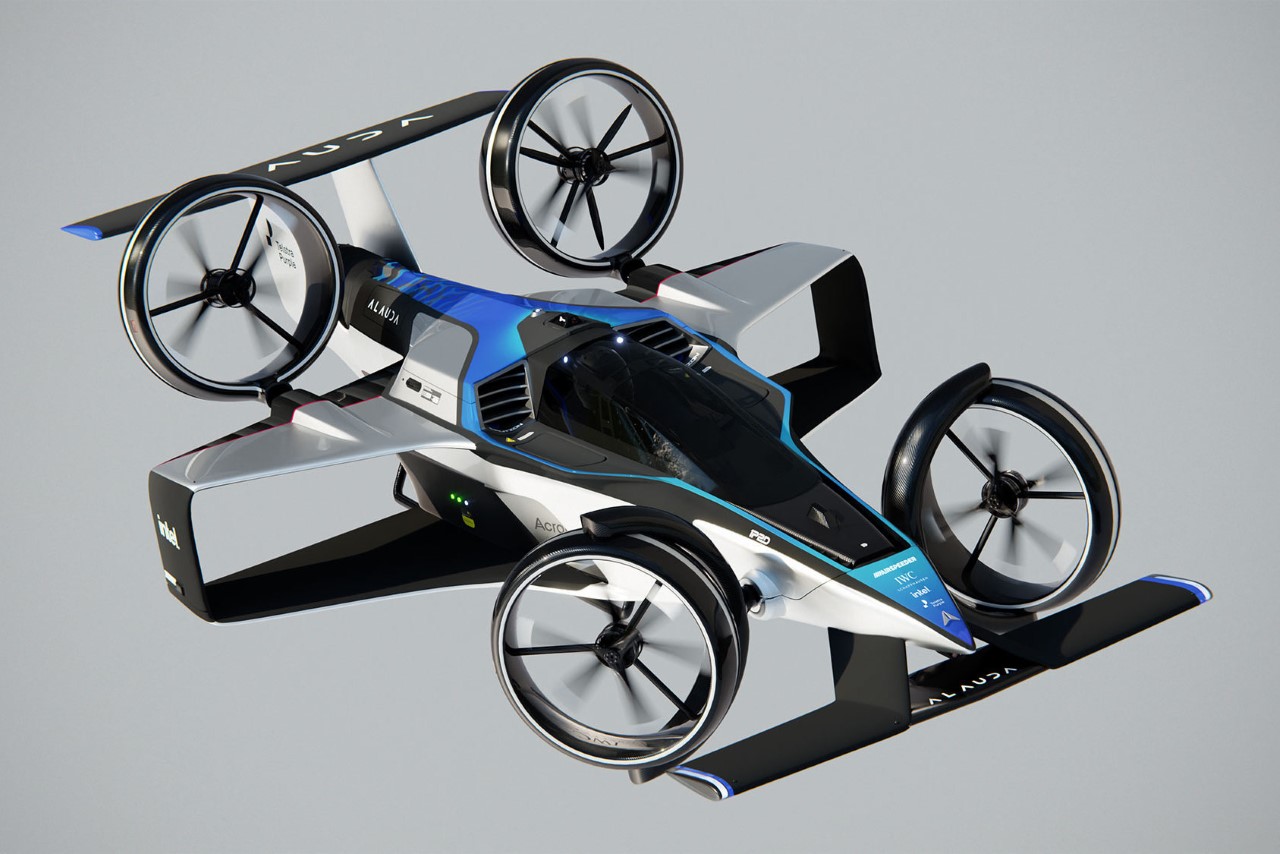
The Airspeeder MK4’s aesthetic instantly stands out as more than just your average eVTOL. Look at it long enough and you’ll see some distinct similarities with a Formula 1 racecar. With propellers instead of wheels, this bad boy has the same aerodynamic form, with a carbon fiber monocoque boasting of front and rear wings, and a single-seater cockpit in between them. Four repositionable propellers sit where you’d expect the wheels, and can face either upwards, forwards, or sideways to help the vehicle lift off the ground, travel forward, and make dramatic turns in mid-air.
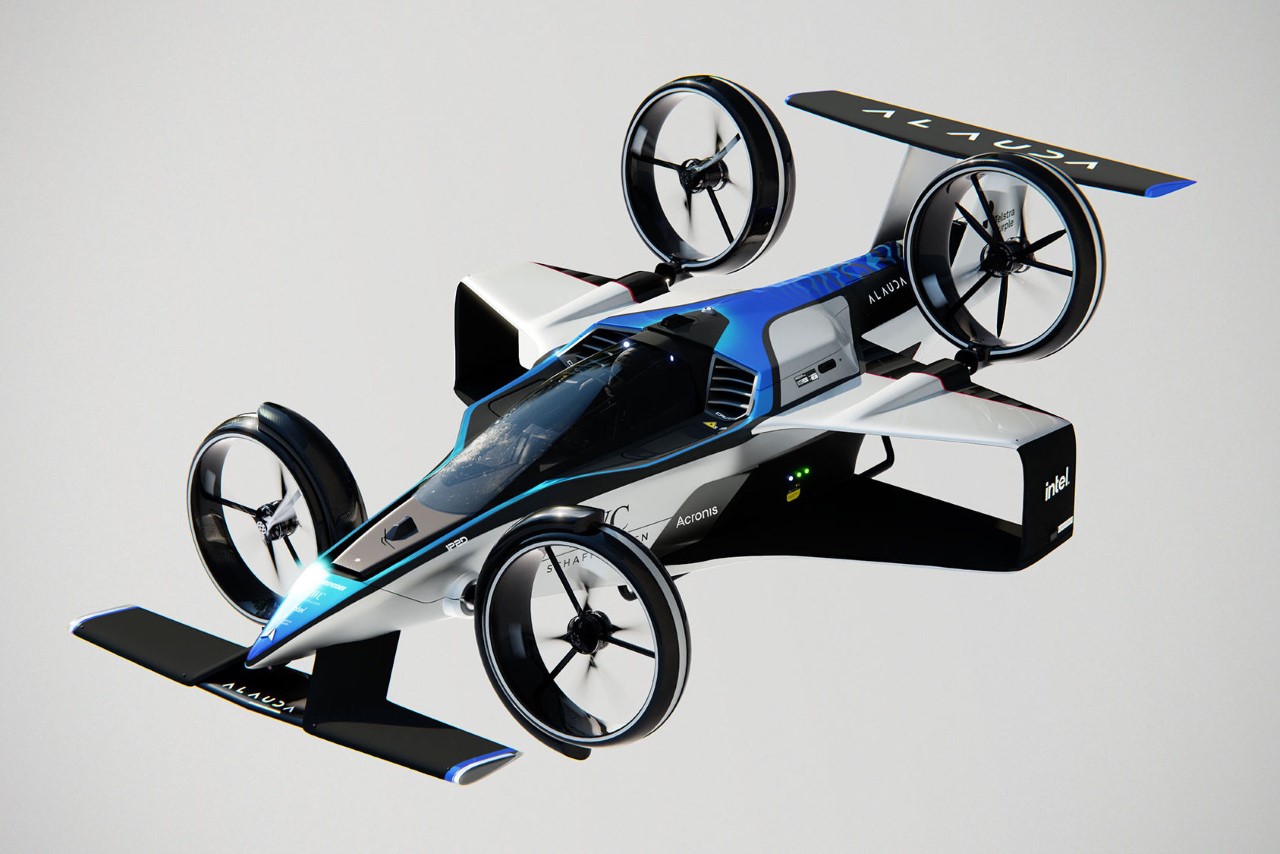
At the heart of the Airspeeder MK4 is the Thunderstrike Hydrogen Turbogenerator, a 1340 hp, 1000 kW turbogenerator electric engine specifically designed for use in eVTOLs. It gives the Airspeeder a range of 300 kilometers (118 miles) and allows it to reach top speeds of 360 km/h (225 mph) in merely 30 seconds. Arguably pretty important for a racecar, I’d say.
Now in its fourth iteration (hence the MK4 moniker), the eVTOL has a take-off weight of 950 kilograms. Once in the air, an AI-controlled gimbal thrust system allows the Airspeeder to maneuver in mid-air. Each propeller is mounted on a lightweight 3D-printed gimbal, easily allowing the Airspeeder to travel rapidly in any direction and even make sharp turns in the air.
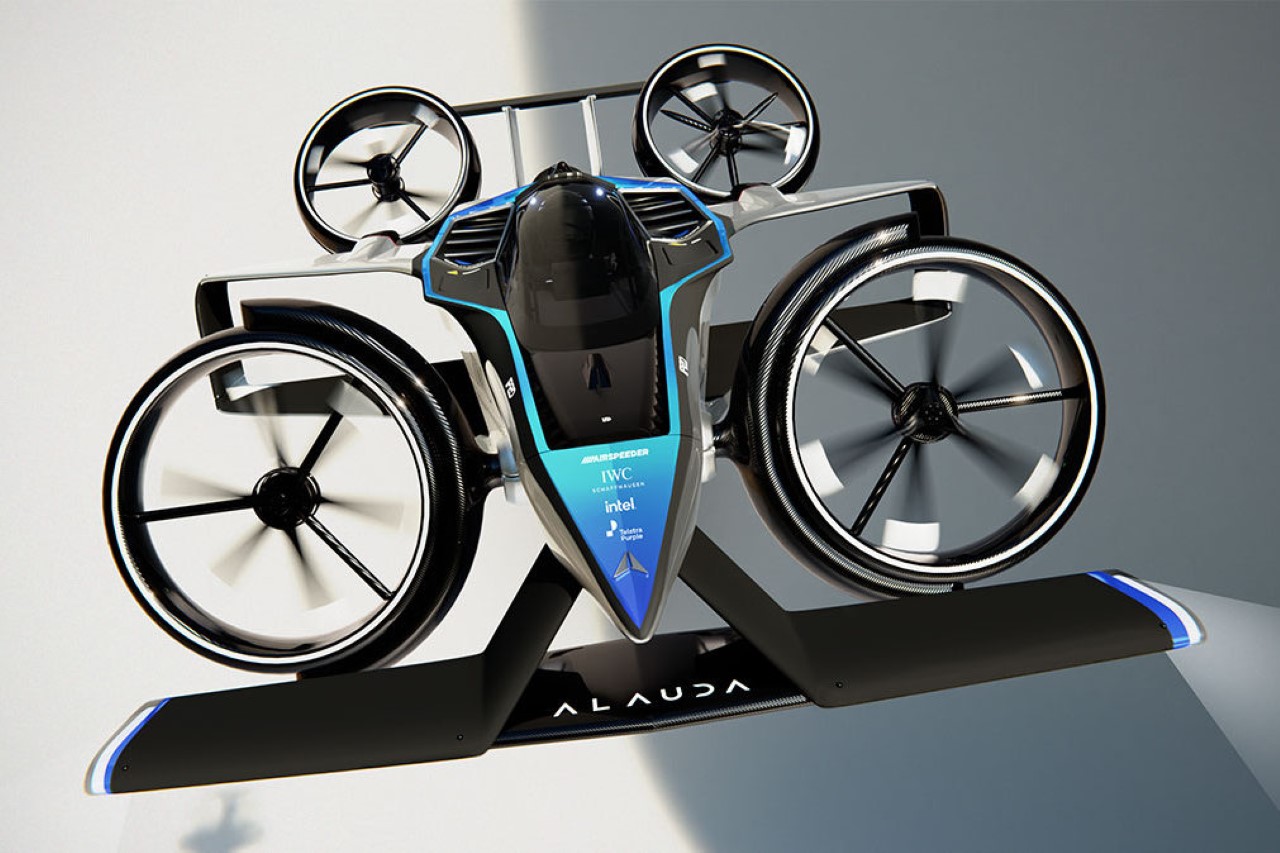
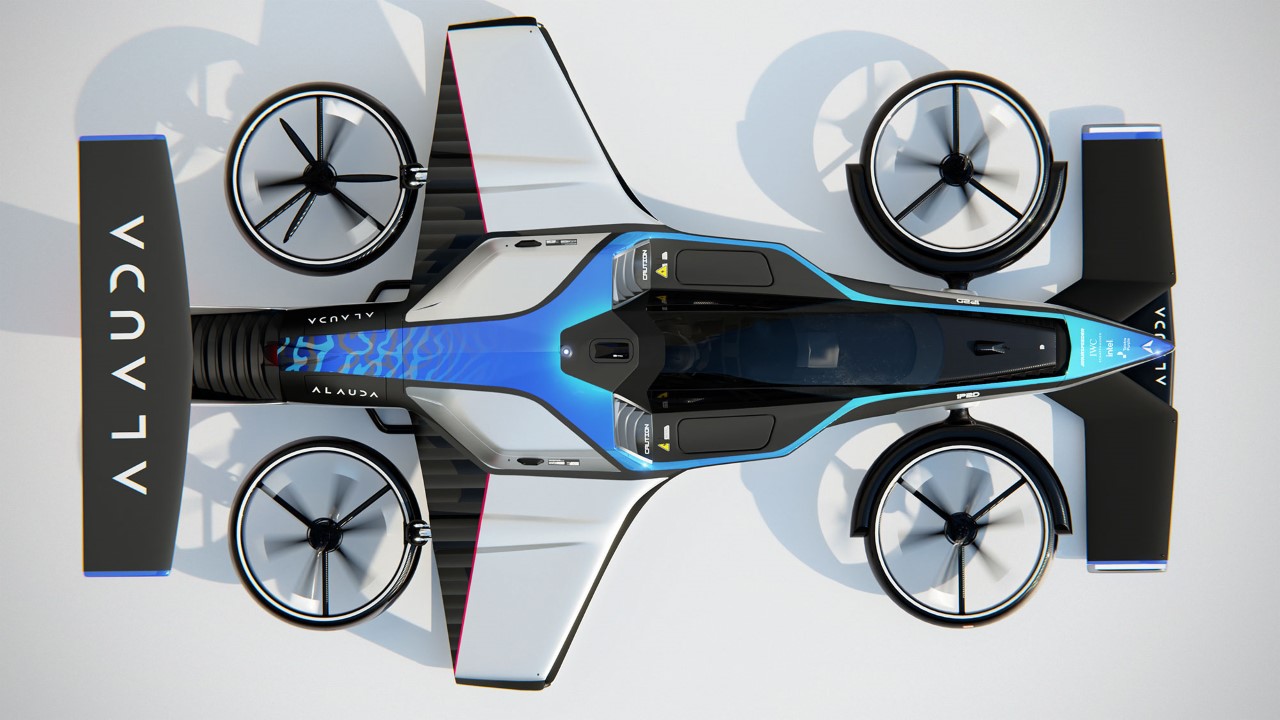
The MK3 (its predecessor) has successfully completed over 350 remote-controlled test flights, even participating in two Airspeeder demonstration races in South Australia last year (2022). The company’s all set to have the MK4 make its mark next year with the first-ever Airspeeder Racing Series in the first-ever manned flying car race.
